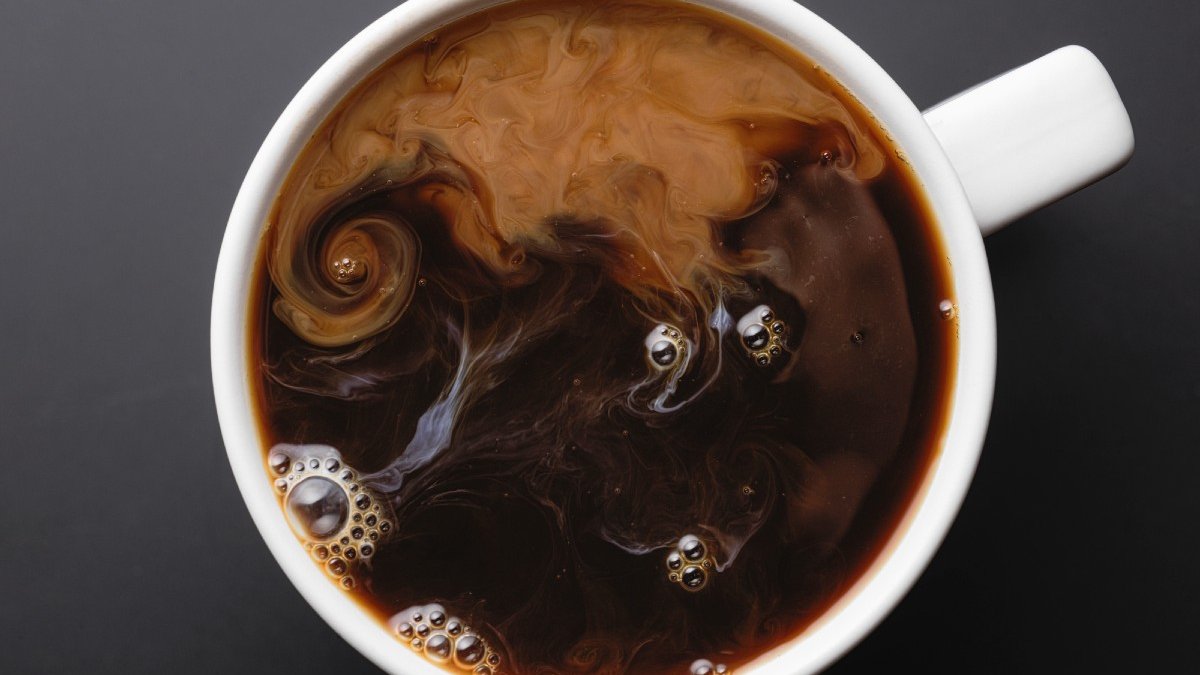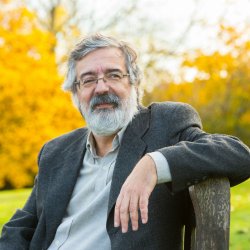Turning wastewater from coffee production into electricity
Delegates at COP26 will drink an estimated 250,000 cups of coffee over the two-week event, according to the caterers, Levy UK. None of us want to give up our daily cup of Joe, yet wastewater from primary coffee production contains contaminants that damage ecosystems in coffee-growing countries. Surrey scientists have developed a way of cleaning up the water and turning the waste into electricity.

Cleaning local water supplies
Wastewater from coffee processing is harmful to the environment, as it contains substances that take a very long time to degrade. This is a particular problem in coffee-producing countries like Colombia, the world’s third-largest coffee producer, where nearly all coffee is grown on small, family-owned farms. It can be very difficult for the farmers to afford the large-scale water treatment systems needed to process the coffee waste, so it ends up in local watercourses, which become contaminated.
Working in a lab at the University of Surrey, Professor Claudio Avignone Rossa identified a way to process the waste differently by feeding it to a community of electrogenic microbes. These bacteria break down more of the contaminants, and in the process, they produce electricity. Although they don’t fully clean the water, they enable the reuse of much more water and reduce contaminants by around 30%.
Generating green electricity from waste
As well as reducing the amount of water needed and cleaning up the wastewater, reducing pollution and benefiting ecosystems, the bacterial process can also be turned into a low-cost microbial fuel cell to generate electricity, giving coffee producers a sustainable, renewable source of power.
The lab trials involved expensive materials such as membranes, casing and electrodes, but the Surrey team, working with colleagues from the University of Antioquia in Colombia after winning a Newton Prize, have identified cheap alternative materials easy to find locally. They found that readily available clay and ceramics could replace the membrane, and they sourced plant-based materials locally to make the casing.
Expanding the benefits
“Small-scale coffee growers who use the classical method to produce green coffee beans could use this approach,” says Professor Avignone Rossa. “It means less strain on water supplies, cleaner local waterways and more green electricity in family farming communities which could welcome a boost to their social and economic development.
“As well as rolling this out more widely, we’re also looking at what can be done at the other end of the coffee chain to see if there’s a more efficient use for waste ground coffee. Coffee has a variety of biologically active compounds, which present interesting opportunities if they can be extracted. We’re also researching what can be done with other forms of agricultural waste, like a banana peel.”
...
Watch a BBSRC video about Professor Avignone Rossa’s work.
Read about the Newton Prize.
Find out more about the GREENER project, which involves Professor Avignone Rossa and the University of Surrey as a partner.
Media Contacts
External Communications and PR team
Phone: +44 (0)1483 684380 / 688914 / 684378
Email: mediarelations@surrey.ac.uk
Out of hours: +44 (0)7773 479911
